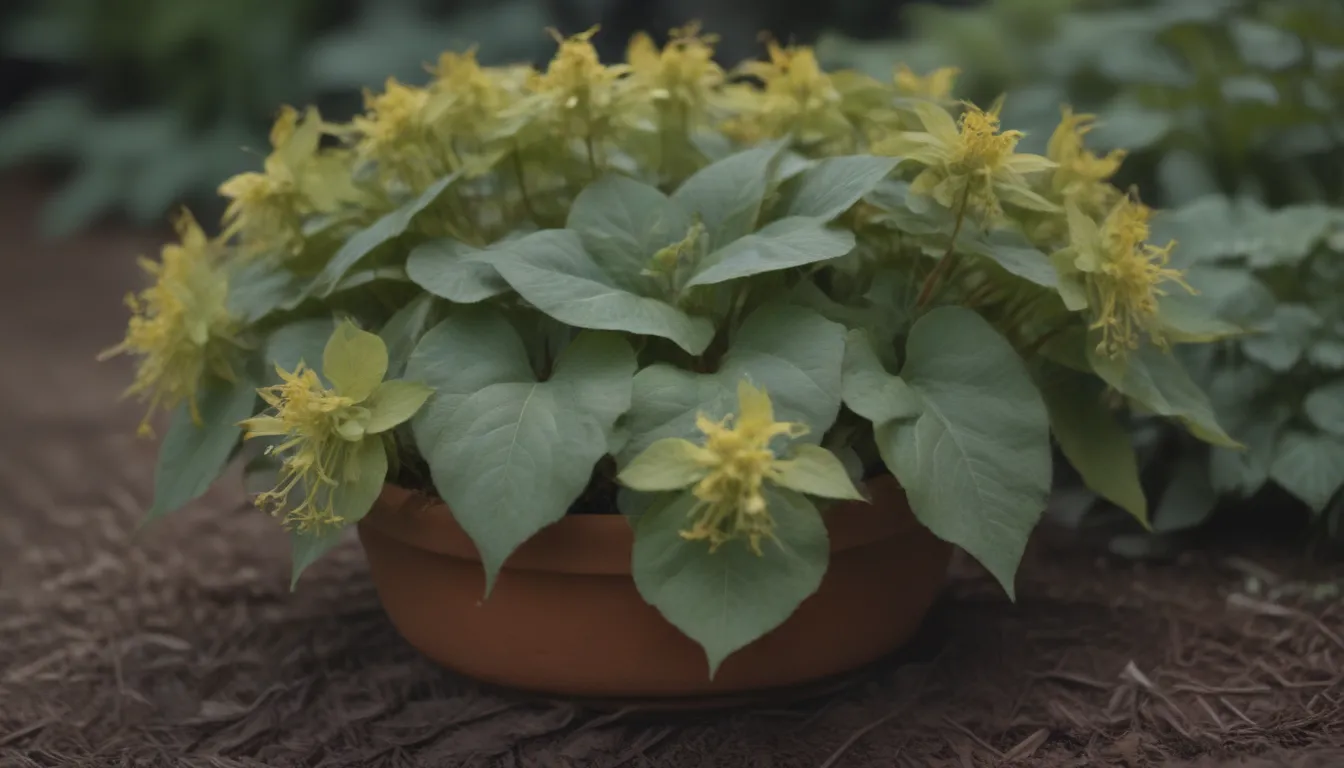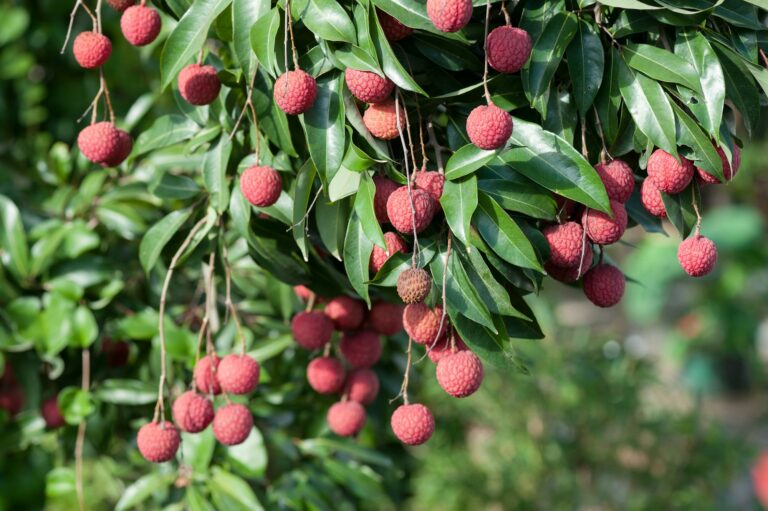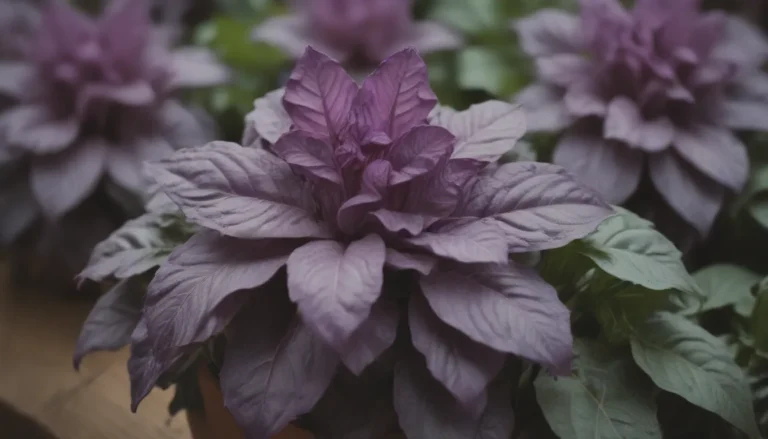Everything You Need to Know About Growing and Caring for Epimedium Plants

Are you looking to add a splash of color to your garden with some unique, low-maintenance plants? Look no further than Epimediums! These versatile plants, also known as barrenwort or bishop’s hat, are the perfect addition to any garden, especially in areas with partial shade or rocky soil. In this comprehensive guide, we will dive into everything you need to know about growing and caring for Epimedium plants.
Introduction to Epimedium Plants
Epimedium plants belong to a diverse genus of perennial plants known for their beautiful spring blooms and unique foliage. Originating from woodlands in Asia and the Mediterranean regions, these plants are a popular choice for ground cover due to their slow spread of rhizomes and non-invasive nature. With dozens of varieties available, Epimedium plants come in a range of colors, from red and pink to purple, white, yellow, and orange.
Why Choose Epimedium Plants?
Before we delve into the specifics of growing and caring for Epimedium plants, let’s explore some of the key reasons why these plants are a fantastic addition to any garden:
- Ideal for shady areas: Epimedium plants thrive in partial shade, making them perfect for planting under trees or in shaded rock gardens.
- Low maintenance: Epimedium plants are easy to care for and are generally pest and disease resistant.
- Beautiful blooms: These plants produce delicate, butterfly-like flowers in a variety of colors, adding a pop of color to your garden.
- Medicinal properties: Some herb species within the Epimedium genus have been used in Chinese traditional medicine, although research on their medicinal properties is limited.
Now that you know why Epimedium plants are a great choice for your garden, let’s explore how to care for them effectively.
Epimedium Care Tips
Epimedium plants are generally easy to care for, requiring minimal maintenance once established. Here are some key care tips to help your Epimedium plants thrive:
Light
- Opt for partial or dappled lighting for your Epimedium plants.
- Avoid full sun locations, as these plants prefer shaded areas under trees or larger structures.
Soil
- Plant Epimediums in well-draining, fertile soil, preferably with a slightly acidic pH level.
- Avoid soggy conditions, as these plants are drought-tolerant and do not thrive in overly wet soil.
Water
- Water Epimedium plants only when the soil begins to dry out.
- Ensure proper drainage to prevent waterlogging, especially during the plant’s establishment phase.
Temperature and Humidity
- Epimedium plants are hardy and can tolerate a wide range of temperatures and humidity levels.
- Protect plants from intense heat, as this can scorch the leaves.
Fertilization
- Work compost or leaf mold into the soil yearly to provide essential nutrients.
- Consider using a slow-release fertilizer in the spring to promote healthy growth.
By following these care tips, you can ensure that your Epimedium plants thrive and provide a beautiful addition to your garden.
Popular Epimedium Varieties
If you’re looking to add some unique varieties of Epimedium plants to your garden, consider the following popular options:
- Epimedium ‘Pink Champagne’
- Epimedium x perralchicum
- Epimedium ‘Amber Queen’
- Epimedium ‘Purple Pixie’
Each of these varieties offers its own unique characteristics, from foliage color to flower shape, adding diversity to your garden landscape.
Propagating and Pruning Epimedium Plants
To keep your Epimedium plants healthy and contained, consider propagating and pruning them regularly:
- Propagation: Divide established plants in the spring or late summer to provide more plants for different areas of your garden.
- Pruning: Trim back evergreen varieties in early spring to encourage fresh growth and maintain a vibrant appearance.
By incorporating propagation and pruning into your care routine, you can ensure that your Epimedium plants continue to thrive year after year.
Growing Epimedium From Seed
If you’re interested in starting Epimedium plants from seed, follow these simple steps:
- Collect mature seeds from existing plants.
- Sow seeds in well-draining soil in the fall or early spring.
- Keep the soil moist and provide indirect light for optimal germination.
While starting Epimedium plants from seeds can be rewarding, keep in mind that seed-grown plants may exhibit different characteristics from the parent plant.
Incorporating Epimedium Plants in Your Garden
Whether you’re looking to add a touch of color to a shady corner or create a stunning rock garden display, Epimedium plants are a versatile and attractive option. Consider planting them in containers or using them as ground cover to enhance the beauty of your outdoor space.
Common Issues and Solutions
While Epimedium plants are generally hardy and disease-resistant, they may encounter some common problems:
- Root rot: Ensure proper drainage to prevent soil moisture-related issues.
- Pests: Watch out for pests like rabbits, slugs, and vine weevils, and take appropriate measures to control them.
- Nutrient deficiency: Consider fertilizing plants in the spring to provide essential nutrients for healthy growth.
By addressing these issues promptly, you can maintain the health and vitality of your Epimedium plants.
Conclusion
In conclusion, Epimedium plants are a wonderful addition to any garden, offering beautiful blooms, unique foliage, and easy maintenance. By following the care tips outlined in this guide and selecting the right varieties for your garden, you can enjoy the beauty of Epimedium plants year after year. Whether you’re a seasoned gardener or a novice enthusiast, incorporating Epimedium plants into your landscape will undoubtedly elevate the aesthetic appeal of your outdoor space. So why wait? Start growing and caring for Epimedium plants today and watch your garden bloom with beauty and vitality!





